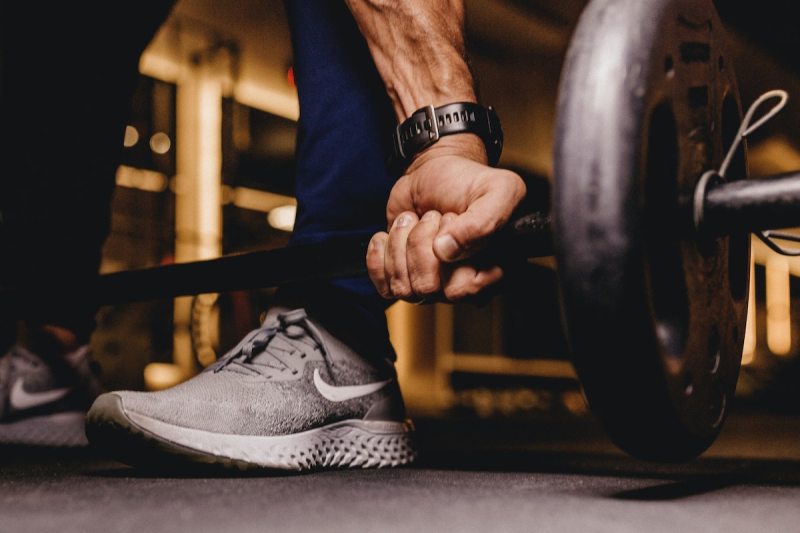If you’re new to fitness, learning all the lingo and terms used by trainers and athletes can be overwhelming. What are sets? Reps? Eccentric contractions? Concentric contractions? While there’s no rush to develop your vocabulary of exercise terms, two of the keywords you might want to understand are workouts and exercises.
There is a difference between workouts and exercises, yet many people use the terms interchangeably or get confused about how workouts are different from exercises. This is completely understandable and normal because there are a couple of different meanings for each word, and the difference between workouts and exercises is somewhat nuanced. However, to help you get a grasp on your fitness lingo, in this brief guide we will discuss the difference between workouts and exercises and give you a few examples of each.
What Are Workouts?

Workouts are groups of exercises or multiple exercises performed in one training session. For example, a chest workout might include pushups, chest press, chest fly, and incline press. A lower-body workout might include squats, lunges, deadlifts, calf raises, and lateral lunges. A total-body workout could include mountain climbers, jump squats, overhead press, bicep curls, single-leg Romanian deadlifts, hamstring curls, plank, rows, pull-ups, and Bulgarian split squats.
All of the moves in a workout are performed in one training session.
The term “workout” can also be used to describe a prescribed training session. For example, a runner may have a “workout” on their training plan that includes a 2-mile warm-up followed by 10 x 400m on the track with 200m recovery jog in between each interval. This session would be called a workout.
Similarly, someone might head to the gym on Monday and do a rowing workout on the erg. That session could entail a 5-minute warm-up and then 30 minutes of continuous rowing at an 80% effort. On Tuesday, they might do a strength training workout involving deadlifts, bench press, box jumps, tricep dips, farmer’s carries, V-ups, and lat pull-downs. On Wednesday, they might do an indoor cycling workout by following an on-demand workout at home. It could be a HIIT workout with intervals of 45 seconds hard followed by 45 seconds easy for 45 minutes.
While these are all theoretical examples and the specifics could change, the point is that each isolated training session is a workout.
What Are Exercises?

There are two different meanings of the word “exercise,” which is why it can be a particularly confusing term.
In one iteration, an exercise is a specific move in a strength training workout. For example, in our example of the chest workout involving pushups, chest press, chest fly, and incline press, pushups are an exercise, chest press is an exercise, chest fly is an exercise, and incline press is an exercise. The “workout” is composed of individual “exercises.” For this reason, our lower-body workout includes exercises called squats, lunges, deadlifts, calf raises, and lateral lunges.
“Exercise” can also refer to a type of physical activity. For example, running is a type of exercise, walking is another type of exercise, and strength training or weight lifting is yet another type of exercise. In this context, with our example of the athlete who heads to the gym to row on the erg Monday for their workout, strength train Tuesday, and ride the indoor cycle on Wednesday, the person does rowing as the form of exercise Monday, strength training on Tuesday, and cycling as the form of exercise on Wednesday.
What Is the Difference Between Workouts and Exercises?
In a nutshell, the difference between workouts and exercises is that workouts can be composed of individual exercises (as with the strength training example). Workout can also describe the actual training that was done for a certain type of exercise (here, you could substitute the term “physical activity” for exercise). For example, running is the exercise, while the 2-mile warm-up followed by 10 x 400m on the track with 200m recovery jog in between each interval is the workout.




